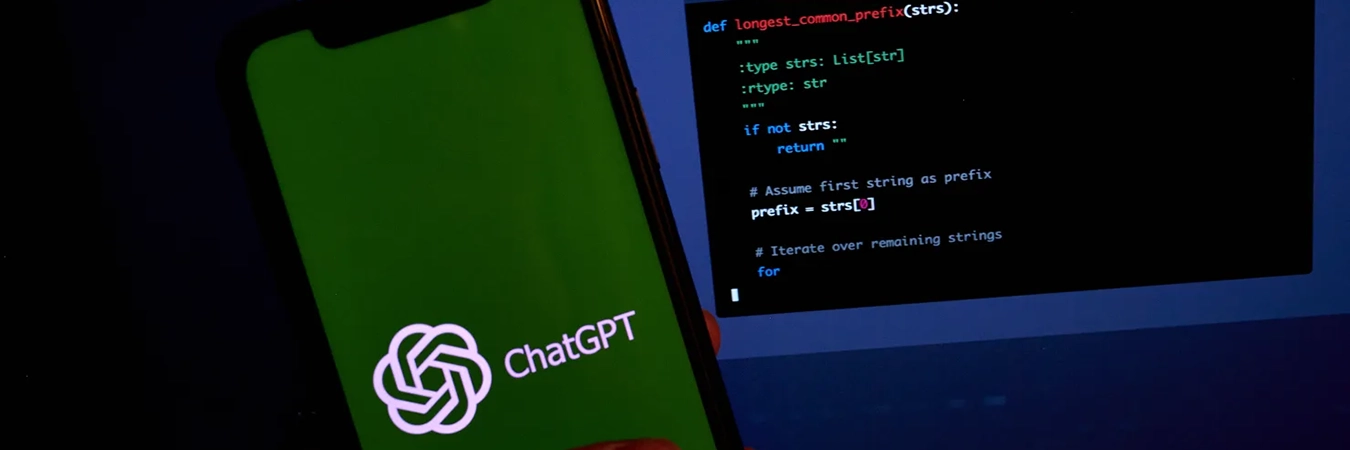Over 50% of businesses will experience a cyber attack in 2025. This statistic isn’t just a wild stab in the dark; it’s a fact and represents how the number of attacks across the UK increases every year. 50% also means that your business is flipping a coin if you haven’t armed yourself against potential threats.
Hackers are utilising new and more powerful tools, including AI and 2fa-conquering Trojans, to worm their way past traditional defences. Luckily, our experts have put their heads together to come up with 10 essential strategies your business can use to prevent cyber attacks.
What is cyber attack prevention?
Put simply, cyber attack prevention covers the best practices to avoid falling victim to a cyber attack. Imagine it as a checklist for both you and your employees. It includes using secure authentication practices, ensuring software is up to date, training employees, and being prepared for the worst-case scenario.
Prevention isn’t a one-time action—it’s an ongoing, proactive approach. As cyber criminals get smarter, so must your defences. The good news? Even small improvements can significantly reduce your risk.
Passwords
We have to start with passwords. It might seem simple, but you would be shocked how many times “password1” pops up. It should go without saying, but make sure you and your employees:
- Passwords include a mixture of numbers and special characters.
- Don’t write your password down anywhere, especially on post-it notes on your device (which is unbelievably common)
- Passwords are changed semi-regularly; we recommend bi-monthly.
- Use an encrypted password manager if you struggle to remember your password.
A good password policy can be the difference between a failed attempt and a full-blown breach.
MFA
Multi-Factor Authentication isn’t an optional security measure anymore—it’s a necessity. MFA requires users to provide two or more verification factors to access an account, adding a layer of security beyond just a password. Even if a hacker gets hold of your password, they’ll be stopped in their tracks by the second verification step—often a mobile device code or biometric scan.
Enable MFA on all business-critical applications, from email platforms to cloud storage. It’s one of the simplest and most effective tools to drastically reduce your vulnerability.
Software and Systems updated
Outdated software is an open door for cyber criminals. Developers frequently release security patches in updates to close vulnerabilities, but if your system isn’t updated, those holes remain wide open.
Ensure that all systems, software, and plugins are up to date. Automate updates wherever possible to minimise human error. And don’t forget to update your hardware too—older devices may no longer receive security support and could pose a hidden threat.
Robust firewall
A firewall acts as your first line of defence against unauthorised access. Think of it as a digital barrier that filters incoming and outgoing traffic based on a set of security rules. A strong, well-configured firewall can prevent malicious traffic from ever reaching your systems.
Make sure you’re using both network-level and host-based firewalls. Regularly review and update firewall settings to reflect your changing needs and always monitor firewall logs for any suspicious activity.
Back up data
No security system is perfect, which is why backups are crucial. If ransomware encrypts your files or a data breach corrupts your system, having a recent, secure backup can save your business.
Ensure data is backed up regularly, stored in multiple locations (including offsite or cloud), and encrypted. Also, test your backups frequently. There’s nothing worse than thinking you’re protected, only to find your backup is broken when disaster strikes.
Employee training
Your employees are your first line of defence—and your greatest vulnerability. Many cyber attacks begin with phishing emails or social engineering that target unsuspecting staff.
Teach your team how to spot phishing attempts, avoid suspicious downloads, and report anything unusual. Simulated attacks and refresher courses help reinforce good habits and ensure your staff stays alert.
Anti-malware
Basic antivirus isn’t enough anymore. Today’s threats are more advanced, requiring comprehensive anti-malware tools that offer real-time protection, threat detection, and behaviour analysis.
Install trusted anti-malware solutions on all company devices. Ensure the software updates frequently to catch the latest threats, and scan devices regularly. A good anti-malware system can detect and quarantine issues before they cause damage.
Role-Based access controls
Not everyone needs access to everything. Role-based access control (RBAC) limits what users can see or do based on their job roles. This minimises the risk of internal threats and contains potential breaches to smaller areas.
Review your access policies regularly. Ensure employees only have access to what they need to do their job. Also, immediately revoke access when roles change or employees leave.
VPNs
If your employees ever work remotely—or even from public Wi-Fi—VPNs are a must. A Virtual Private Network encrypts your internet traffic, preventing eavesdropping and interception.
Use business-grade VPNs to secure remote connections, and educate your staff on when and how to use them. This simple tool can make an enormous difference in keeping data safe outside the office.
Incident response plan
Even the best defences can fail. That’s why having a solid incident response plan is crucial. This is your roadmap for what to do during and after a cyber attack.
Your plan should cover everything from who to contact and how to isolate systems to how to communicate with customers and recover lost data. Practice your response through drills to ensure everyone knows their role. A quick, calm, and coordinated response can save time, money, and your company’s reputation.
Working with CSA
Preventing cyber attacks is a team effort, and sometimes, you need expert guidance to navigate the evolving threat landscape. That’s where Cyber Security Awareness comes in. At CSA, we don’t just offer protection; we empower your entire organisation with knowledge, tools, and strategies to stay ahead of cyber threats.
Whether it’s conducting risk assessments, delivering tailored staff training, or helping you implement a full cyber security framework, we can work together to build a security-first culture within your business.



